Het arrangement 16.2 Talking about fashion - hv12 is gemaakt met Wikiwijs van Kennisnet. Wikiwijs is hét onderwijsplatform waar je leermiddelen zoekt, maakt en deelt.
- Auteur
- Laatst gewijzigd
- 11-05-2025 19:32:01
- Licentie
-
Dit lesmateriaal is gepubliceerd onder de Creative Commons Naamsvermelding-GelijkDelen 4.0 Internationale licentie. Dit houdt in dat je onder de voorwaarde van naamsvermelding en publicatie onder dezelfde licentie vrij bent om:
- het werk te delen - te kopiëren, te verspreiden en door te geven via elk medium of bestandsformaat
- het werk te bewerken - te remixen, te veranderen en afgeleide werken te maken
- voor alle doeleinden, inclusief commerciële doeleinden.
Meer informatie over de CC Naamsvermelding-GelijkDelen 4.0 Internationale licentie.
Aanvullende informatie over dit lesmateriaal
Van dit lesmateriaal is de volgende aanvullende informatie beschikbaar:
- Toelichting
- Deze les valt onder de arrangeerbare leerlijn van de Stercollectie voor Engels voor havo en vwo, leerjaar 1 en 2. Dit is thema 16 'Shopping and fashion'. Het onderwerp van deze les is: Talking about fashion. Deze les staat in het teken van soorten kleding (bijvoorbeeld alledaags, formeel, vrije tijd), de impact en geschiedenis van de mode/kleding. In de grammaticaopdracht wordt de Past perfect continuous toegepast.
- Leerniveau
- VWO 2; HAVO 1; VWO 1; HAVO 2;
- Leerinhoud en doelen
- Engels;
- Eindgebruiker
- leerling/student
- Moeilijkheidsgraad
- gemiddeld
- Studiebelasting
- 1 uur 40 minuten
- Trefwoorden
- arrangeerbaar, engels, geschiedenis kleding, hv12, kleding kopen, past perfect continuous, soorten kleding, stercollectie, talking about fashion

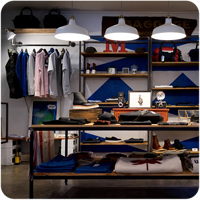


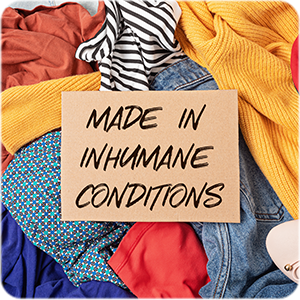
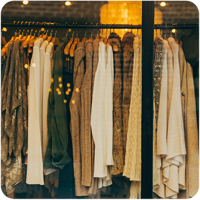

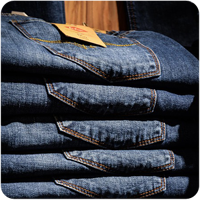 Study the vocabulary. (10 minutes)
Study the vocabulary. (10 minutes)
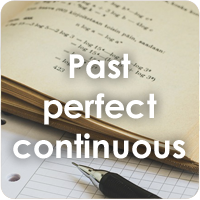 Study the past perfect continuous in the toolbox (kennisbank).
Study the past perfect continuous in the toolbox (kennisbank).


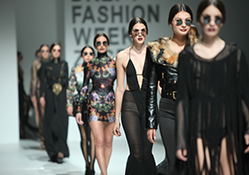



 You graded yourself on 3 topics during Introduction. Which grade would you give yourself now?
You graded yourself on 3 topics during Introduction. Which grade would you give yourself now?